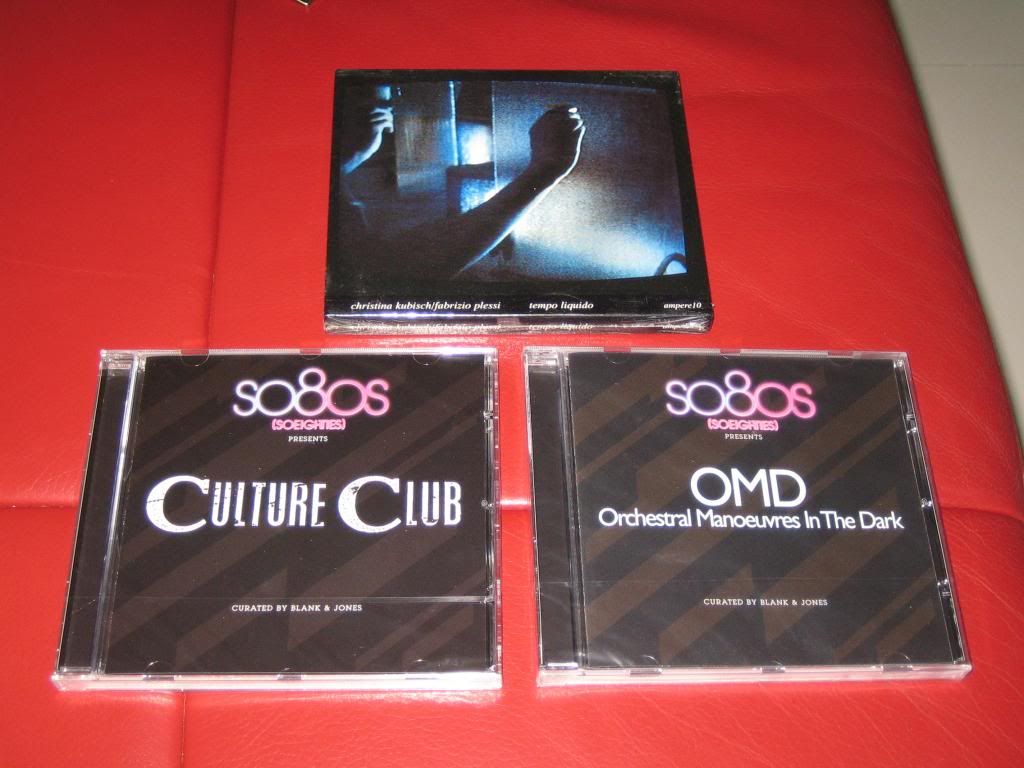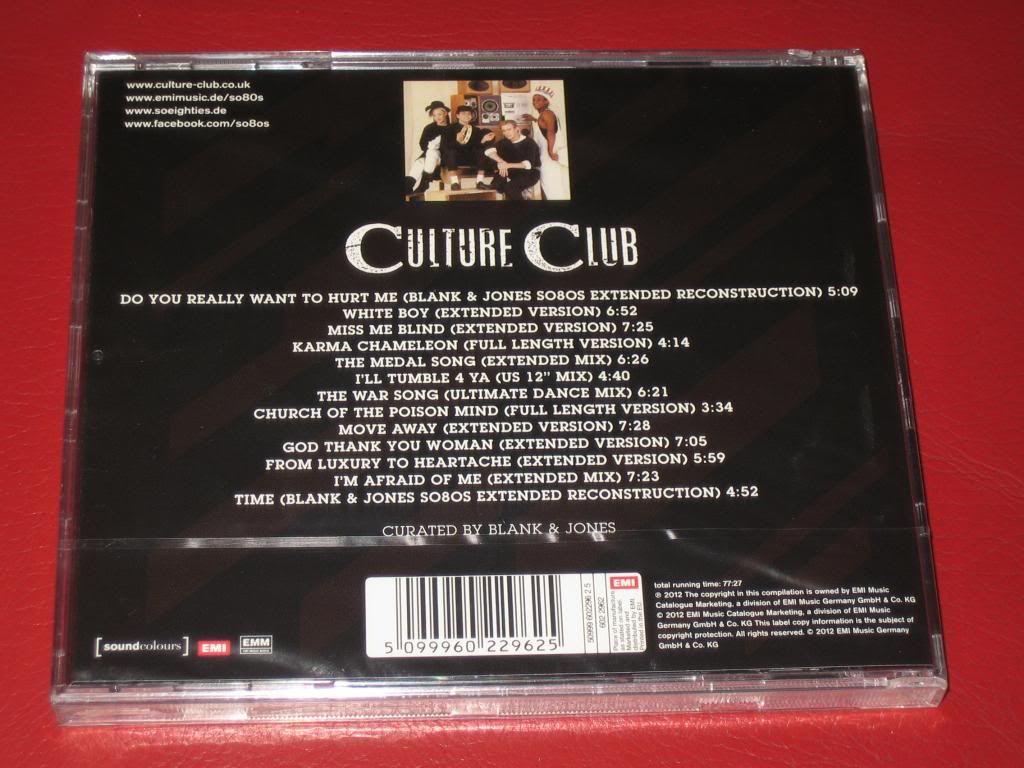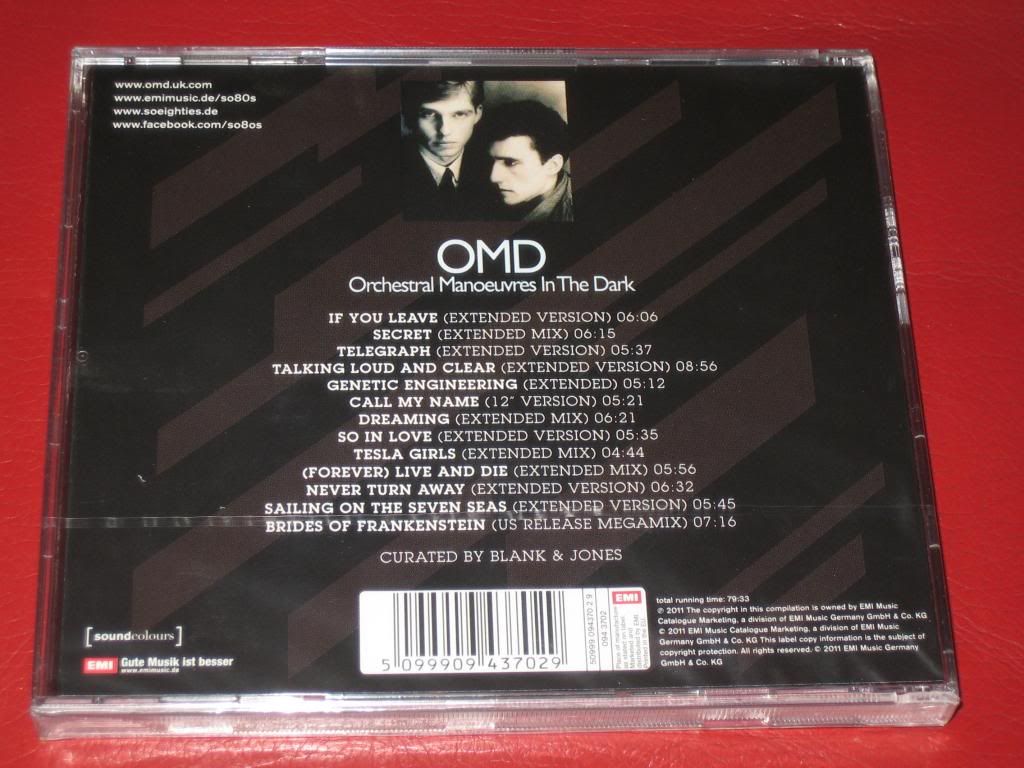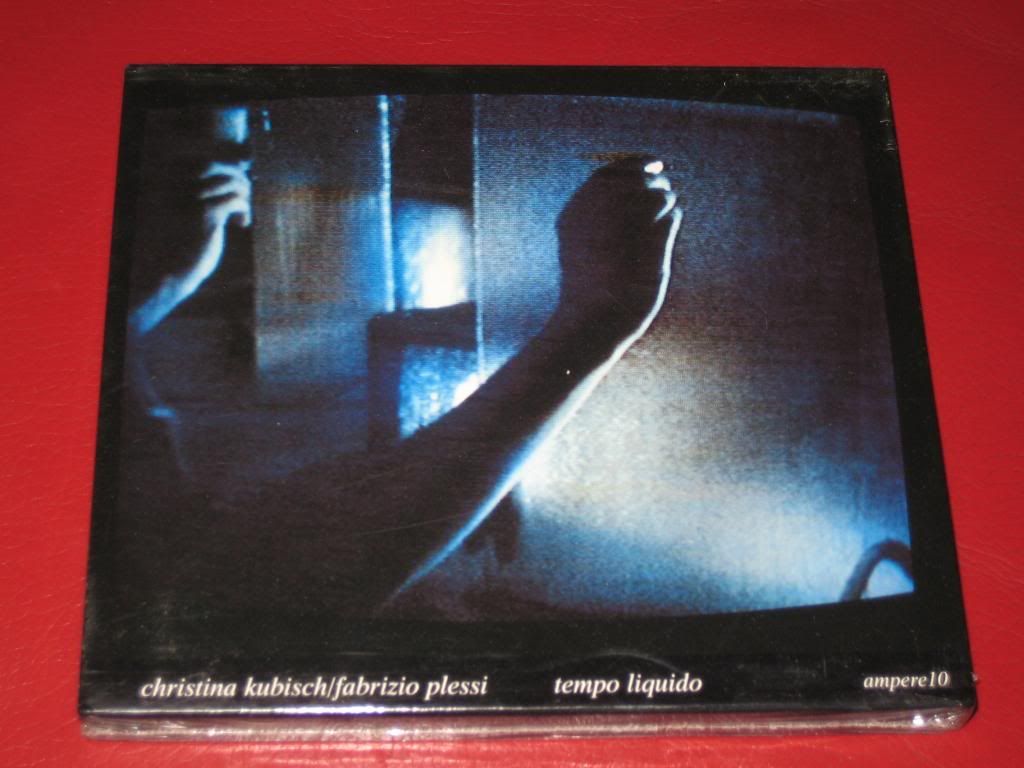|
|



Christina Kubisch / Fabrizio Plessi ~ Tempo Liquido

"Tempo Liquido" is one of a series of video performances created by the visual artist Fabrizio Plessi and myself between 1974 and 1980. In these works video images were transferred live while I (and sometimes Plessi) performed on musical instruments and/or other objects. Tempo Liquido is a piece about the concept of time. The basis is the form of the circle as a symbol for continuity and timelessness, which I always was fascinated with and which I used in several compositions such as "The circle which bites its tail" for voice and percussion (1974). The idea of musical compositions without a precise beginning nor end, pieces which could go on for ever, pieces where you can enter and leave following your individual pace always fascinated me. Pieces with circular time structures somehow anticipated the idea of my later sound installations. The experience of the video concerts was a step towards leaving the stage as a performer and to create sound ambients without time limits. "Tempo Liquido" in performance was much longer than on the recording, but we were limited to the duration of an LP and the splitting into two parts. Thus we had to shorten the piece and divide it in the middle. I still regret this, because the slow and continuous development of the whole musical process had to alterated in order to fit on the record.The visual elements of the performance consisted in a projection of various images of circles out of different cultures and eras. These slides were projected without a precise order on two large sceens above the performers. There were also the continuous projections of two super 8 films, showing a toy ship swimming around in a small plastic water pool, which we had filmed ourselves.Plessi and I were sitting together behind a table with a quite sophisticated double set-up of glass panes situated vertically in a small water basin. The video cameras were directed towards the glass and transmitted the images of a continous stream of water flowing down over the outer surface of the glass. In order to realize this we explored all the aquatic shops of Milan and became quite experts about water pumps, aquarium sizes, filter systems etc. The images on the monitors gave the feeling of an ever running waterfall and it was amazing to compare it to the "real" construction made of everyday items - a contrast we had already focused on in our first video performance. At the beginning and the end of the piece there was also the image of a large clock, which we approached from the other side of the glass until the "time" was recognizable behind the water and then slowly disappeared again. All the sounds had a connection with the circle . The performance started with a four-channel ambient sound which continued throughout the whole performance. I had no sampling possibilities at that time. All the instruments were recorded solo in my studio on a Revox machine. The recordings - one channel for each instrument - were repeated several times in order to create a kind of "mega-loop" and the final result was transferred to a four-channel-tape for the performance. The superimposition of the sequences of different durations generated layers of sound with continous minimal variations: a music which could go on forever. All the instruments had a circular shape: the sho was brought from Japan by a friend, the steel-drum came from New York (we had used it already in "Two & Two") and the childrens carillon was found on a street market in Italy. The glass was the basis for the image of the running water but as well an acoustic instrument.The glass sheets were amplified by contact microphones fixed directly onto the glass and connected to the four speaker system. It was brought to resonance with metal thimbles (objects which originally I had used for a flute piece called "Emergency Solos" in 1973) placed on the index finger of the right hand. Thus I (and Plessi) traced segments of circular forms on the glass, repeating them again and again with many variations from a quarter of a circle to a complete round. Every movement of the metal on the rough surface corresponds to a direct sound. Its duration, colour and loudness depended on the velocity, pressure and form of our gestures. In a way it was like painting acoustic signals. The continuous circular movement on the glass in the middle of the performance created a loud, harsh and almost frightening sound which was in contrast to the image of the small and almost fragile object which created it. The scores show the various possibilities of tracing circles on a rough surface, thus making it audible. The four sheets show the basic idea of creating a great variety of combinations and variations using at the same time a limited reservoir of material. This is on one hand typical for the minimal music of the seventies but as well I have always liked to use reduced materials and explore it to its limits. So I used for example sound materials as the original sounds of a glass harmonica or a series of tuning forks. These scores from 1978 have never been shown and it was a surprise to rediscover them and find a lot of similarities to my actual work. Christina KubischChristina Kubisch was born in Bremen in 1948. She studied music, painting and electronics. Performances and concerts until 1980, subsequently sound installations, sound sculptures and work with ultraviolet light. Numerous grants and awards, such as Award of the German Industrial Association (BDI), composition grant of the city of Berlin, Carl Djerassi Honorary Fellowship, IASPIS Stockholm.Since 1974 solo exhibitions in Europe, USA, Australia, Japan and South America. Participation in international festivals and group exhibitions such as : Pro Musica Nova, Bremen 1976 /1980, Für Augen und Ohren, Berlin 1980, Biennale of Venice, 1980 / 1982, Gaudeamus Music Festival 1984, documenta 8, Kassel 1987, Ars Electronica, Linz 1987, Steirischer Herbst, Graz 1987, Biennale of Sydney 1990, Donaueschinger Musiktage, 1993 /1997, Prison Sentences, Philadelphia 1995, Sonambiente, Berlin 1996, in medias res, Istanbul 1997, festival d'art sonor, Barcelona 1999, Sonic Boom, London 2000, Visual Sound, Pittsburgh 2001, Singuhr-Hörgalerie, berlin 2002.Christina Kubisch is a professor of sculpture and audio/visual arts at the Academy of Fine Arts, Saarbrücken, since 1994 and a member of the Akademie der Künste Berlin since 1987.She lives in Berlin. She belongs to the first generation of sound artists. Trained as a composer, she has artistically developed such techniques as the magnetic induction to realize her sound installations. Since 1986 the artist has added light as an artistic element to her work with sound. Christina Kubisch's work displays an artistic development which is often described as the "synthesis of arts" - the discovery of acoustic space and the dimension of time in the visual arts on the one hand, and a new relationship between material and form in music on the other.
From http://www.bbc.co.uk/radio3/cutandsplice/tempoliquido.shtml |
評分
-
查看全部評分
|